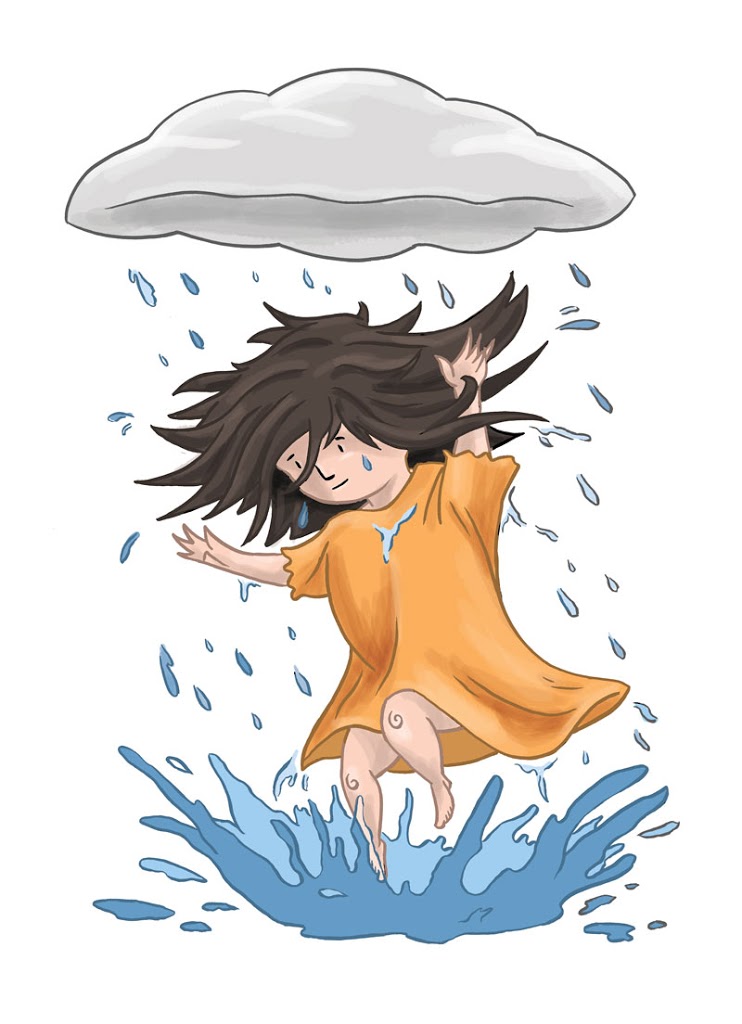 It’s already the end of Domestic Violence Awareness Month.
It’s already the end of Domestic Violence Awareness Month.
By now, we’re aware of the sobering statistics.
- The inter-generational impact of domestic violence, that children raised with violence often perpetuate violence against their own partners when they grow up.
- And we know about the economical impact to us all due to the medical expenses, lost work wages, and cost of prosecuting the cases to name a few.
But there are positive developments in the field you may not know about.
I listened to an interview on National Public Radio spotlighting two authors.
In the book Parenting by Men Who Batter, co- author Oliver Williams interviews scores of batterers and learns that their underlying justification for violence is the batterer’s belief that women, like young children, are not intellectual equals to them and therefore need to be disciplined so they don’t cross certain boundaries. This reinforces what experts have long known: domestic violence perpetrators do not need anger management. They need a batterer’s intervention program to make changes.
Prosecutor Michelle Kaminsky writes Reflections of a Domestic Violence Prosecutor after decades of prosecuting domestic violence cases. She has concluded that each case merits a separate outcome rather than a one-size-fits-all approach. She believes courts should measure lethality, whether or not there are weapons in the home, and the offender’s past criminal history before metering consequences since many victims call law enforcement wanting the violence, not the relationship, to end.
But perhaps it is the field of child welfare know that children whose parents are impacted by domestic violence are vulnerable to abuse by either parent. Old social work practices focused on strong-arming the victim into committing to leave the abuser.
Today, social workers are getting trained in a different approach that ensures child safety and promotes victim safety while offering relevant services to both the victim and the perpetrators. And what they’re seeing is that offenders who abuse their partners can be motivated to stop when they understand how their actions harm their children.
With all we now know, I hope we can move from a place of Why does she stay to How do we best respond- As neighbors, as coworkers, as friends, as sisters and brothers.
The bad news? Domestic violence is a learned behavior.
The good news? Learned behaviors can be modified. Unlearned. Re-trained.
And if one in three or one in four women experiences domestic violence in her lifetime in the U.S., that still leaves a majority of women who do not.
In the near future (February) I plan to look at all things relationships as I finish Facing the Odds, One Man at a Time. As always, I hope you’ll join me.


